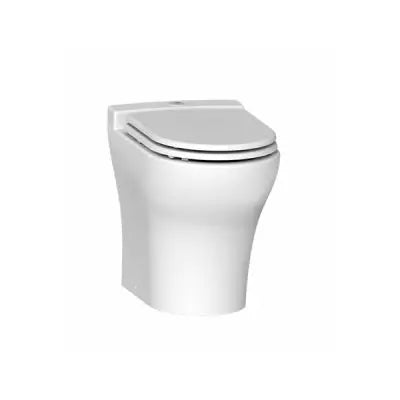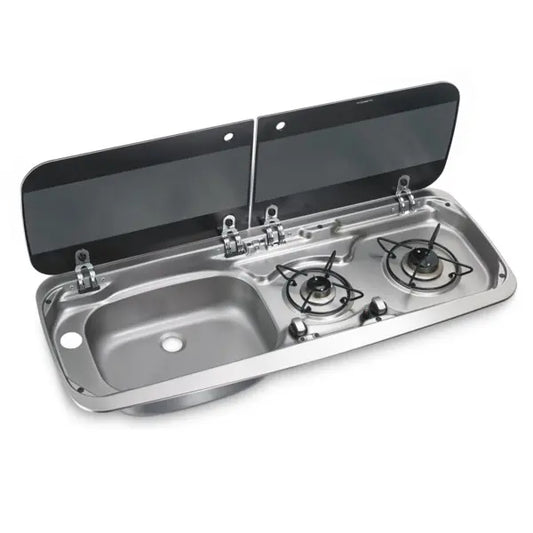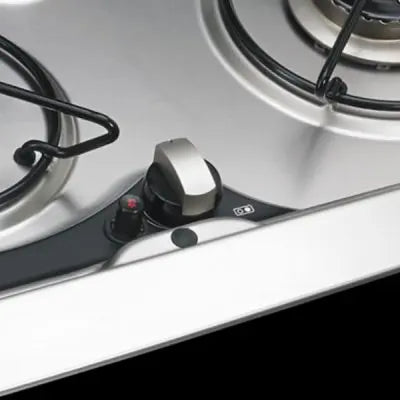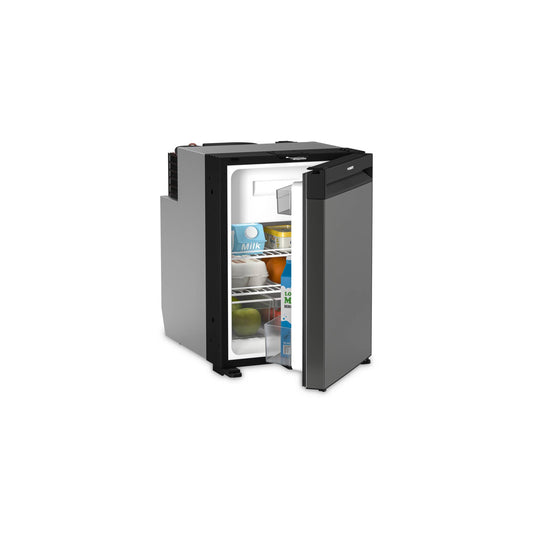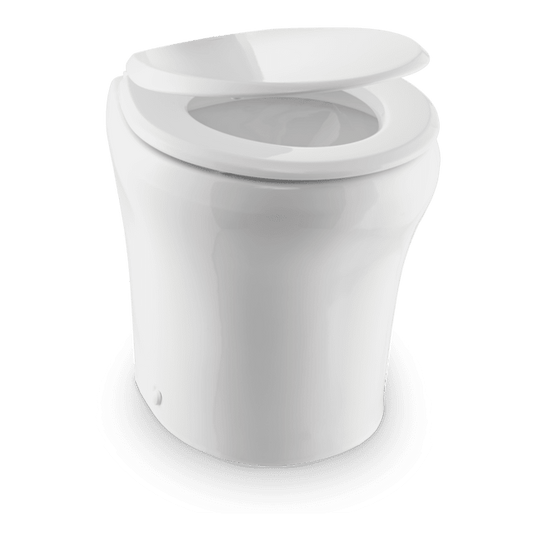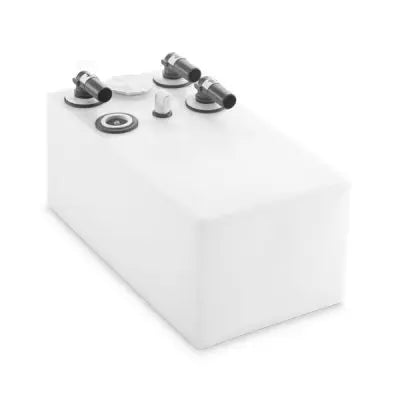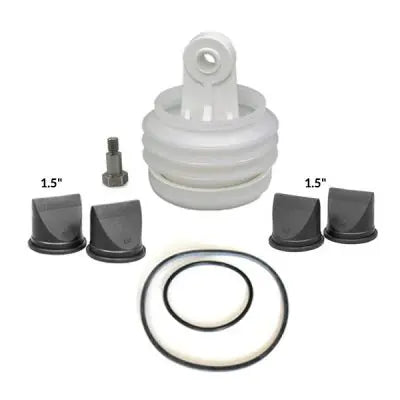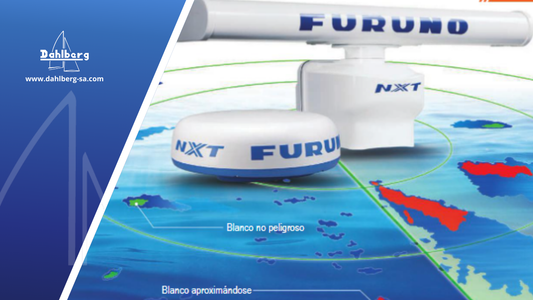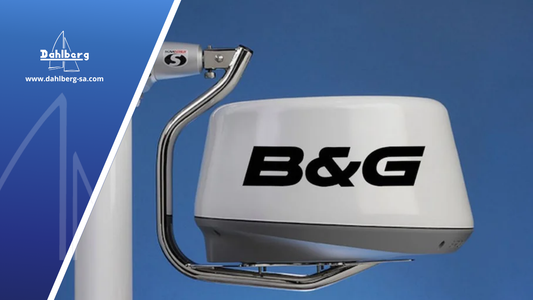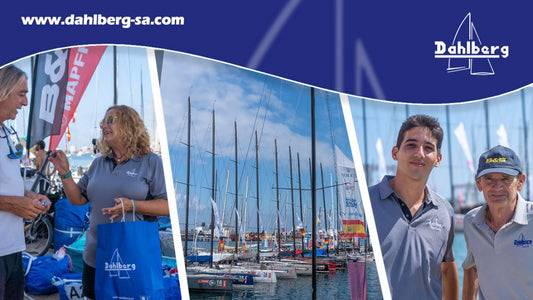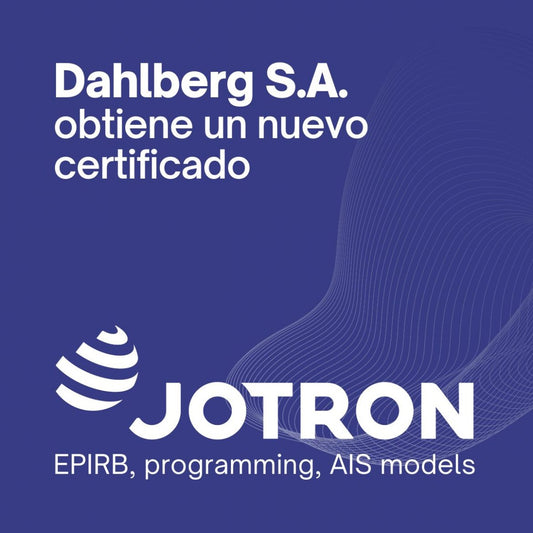
Chapter VI: Bow to the future
The new development of the WTP system It started in 2004 , At this time B&G acquired Sailmath and for B&G, to own WTP2 also meant new hardware and better integration with the company's displays via its Fastnet communications bus.
B&G's WTP2 has become WTP3 : an impressively fast and dynamic open system with serial and analog data acquisition modules that allow almost unlimited expansion.

The new high-performance systems that were developed in the first 2000s They relied heavily on advances in general computing.
He hardware became more powerful, communication protocols improved, and systems became much more flexible. More and different sensors could be connected, and users could develop custom algorithms to read or calibrate the sensors and manipulate the data.
Changes in the wider world of computing have made this approach much more viable. The development of programming languages, the accessibility of open source routines and DLLs has meant that applications can be created much more easily than in the past.
The consequence is that today, it is not unusual for a team from the America's Cup Start from a blank sheet of paper and build your own system to the required specifications, for hardware and software, as you did Dick McCurdy in 1970 .
The last element is display technology, which has taken advantage of the immense progress that has been made in displays in general.
The latest generations of deck screens, such as the Zeus by B&G and more recently the screens Nemesis , They take lightness, waterproofness, adaptability, customization in data presentation, high resolution and responsiveness to levels unimaginable for the pioneers of 70s and 80s with its blinking green cursors and visible pixels.
There is still much to do, and we can look forward to another exciting decade in the world of navigation instruments.
For Dahlberg , which has been providing service since the beginning in electronic equipment for vessels, will be honored to continue evolving at the same pace as the new instrumentation systems that the future will offer us.
The question is: What do you think the new teams will be able to do?
SOURCE: NAVICO
If you missed the fifth chapter, R-evolution of sensors, you can check it out here.

